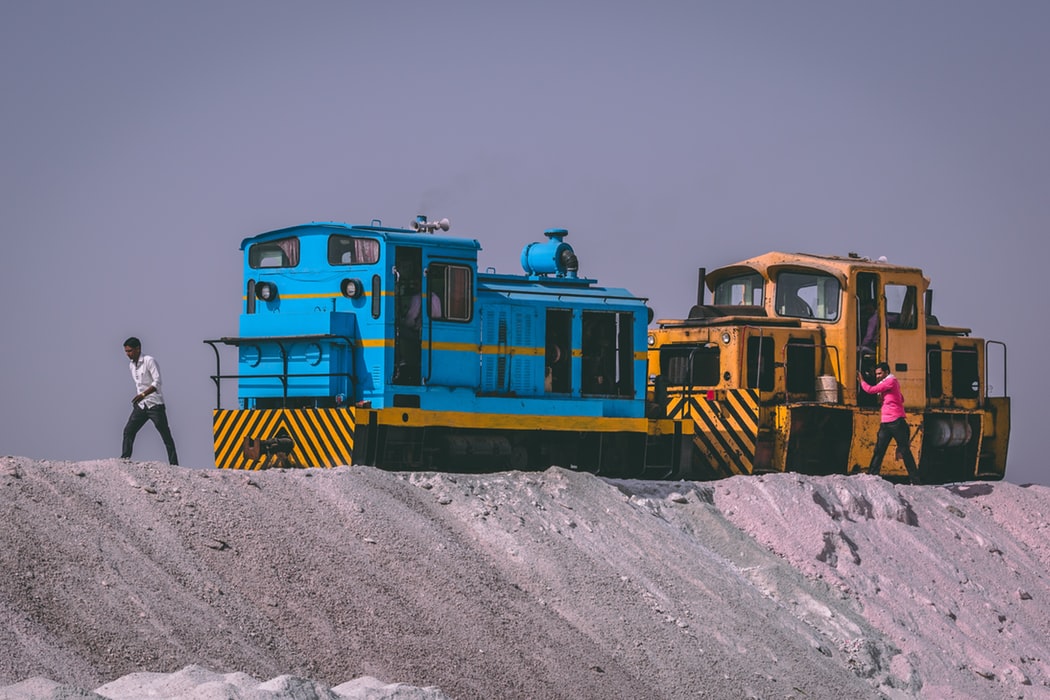
The 1991 reforms in India were aimed to realize the potential benefits of an open economy. The primary focus was to liberalize trade, reduce the fiscal deficit, and deregulate the domestic economy so as to effectively improve outcomes during a crisis. Infrastructural development came into the picture during the eighth five-year plan but the strategy of the plan reinforced the dominance of the public sector. The private sector was only allowed to play a supplemental role. The latest development in this regard has been with the introduction of the National Infrastructure Pipeline (NIP). The ambition of this policy is to enhance India’s mobilization of resources for infrastructural development while harnessing the division of interest, intent, and responsibilities between the central and state governments, and the private sector. The Union Budget 2020-21 proposal for an ‘Aspirational India’, outlining the intent of investment across multiple infrastructural needs of the country have been hugely awaited but come with its set of challenges. Prescriptions like investments across 6500 projects in housing, safe drinking water, healthcare, etc., accelerated development of highways, Public-Private Partnership (PPP) mode of operations for ‘Kisan Rail’, the addition of 100 more airports by 2024, and a single-window e-logistics market, are being seen as pioneering steps towards development. Solar power generation capacity through solarization of farmers’ lands and adopting smart metering systems, saw a significant emphasis in Ms Sitharaman’s Budget speech.
Concerns within the framework of NIP
The building blocks in the NIP is to attain the $5 trillion vision of the Modi 2.0 government. The 78-22 per cent principle of mobilization of resources to finance the ₹102 trillion worth of infra-projects in the framework is a silent admission to the limited participation of the private players. This is facilitated by the limitation placed on the private counterpart to invest in agriculture, health, education, and rural and urban infrastructure. The challenges to implementation are narrowly defined against the vagueness of the “government framework of monitoring”. Earlier recommendations on infrastructure by the NDA government have surreptitiously featured in the framework, only indicating the inability of the government to address the challenges. State governments are party to several contractual disputes and therefore, the recommendation of ministry-level committees to mediate clashes is unwise and may lead to coercion. The government of Andhra Pradesh dis-honouring a major power purchase agreement with renewable energy companies raises concerns of trust in effectuating infrastructural projects within states. If these were not sufficient to raise concerns in the approach of the task-force recommendations, the ability to raise the government’s outlay for infrastructure sector from ₹3.77 to ₹4.58 trillion – a rise of 21%, as against the backdrop of a meagre increase of 6.5% in the 2019-20 fiscal year, is emblematic of the problems fervently highlighted in the calculation of estimates of growth. Projects under-implementation comprise 42% of the share in NIP, however, the variance of investments across sectors – 100% for atomic energy as compared to 8% for agriculture, and the front-loading of approximately 52% of investments by 2022, seem irrationally exuberant and miscalculated.
Taking cues
Before unleashing the commitment for transformational infrastructure, India must re-align the objectives of its institutions and address the flailing nature of its polity. The insurmountable delays in gestation and illiquidity continue to act as the biggest roadblocks to the development of this sector. China, facing a similar problem – financing of infrastructural ambitions – undertook the Land Lease Model in which Chinese municipalities used their “land banks” to raise funds. The right to develop land was outrightly sold to private players and in some cases, the government issued debt secured by land, repaying the same after selling the land plots at enhanced prices. A similar exercise was undertaken during the development of the Bandra Kurla Complex (BKC) by the Mumbai Metropolitan Region Development Authority (MMRDA) in Mumbai. The model is attractive, efficient, and scalable and can be leveraged following safeguards with respect to land rights and payments. South Korea, unlike China, strategized its infrastructural development by homogenising resources from the private sector. It chose this path to align the sector’s risk appetite by introducing measures to de-risk projects – minimum revenue guarantee and Infrastructure Credit Guarantee Fund – under infrastructure, making it lucrative and attractive for investment.
India’s intent to develop its infrastructure is commendable but is constrained by the current regulatory and economic climate. The only path forward is to build trust in the bureaucratic and administrative functions of the state. Following or setting up clear objectives like in the China and South Korea model can push infrastructural growth and development.
Tanya Rana is a student at Anil Surendra Modi School of Commerce, NMIMS, Mumbai. Previously she has worked with Bill and Melinda Gates Foundation and Observer Research Foundation and was a delegate to Harvard US-India Initiative Conference 2020.
A very thoughtful and intrinsically researched article. It is time for a focussed and dedicated approach towards infrastructure development. Fast and yet sustainable development is the key to a robust economy.
Looking forward for more of such nicely articulated insights.